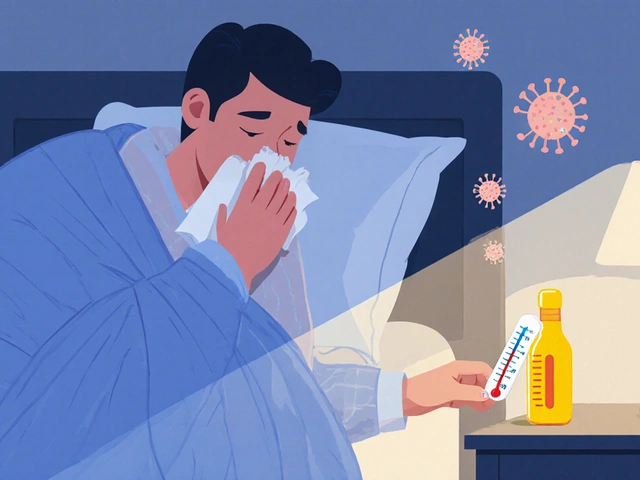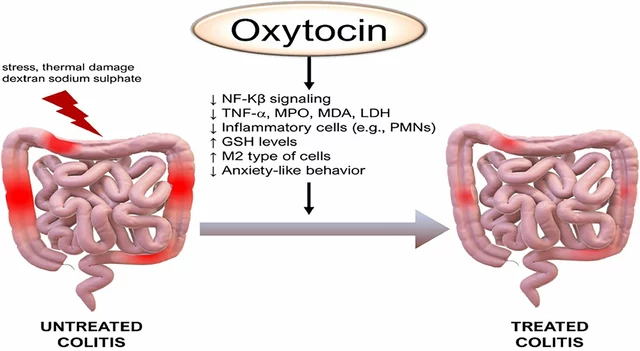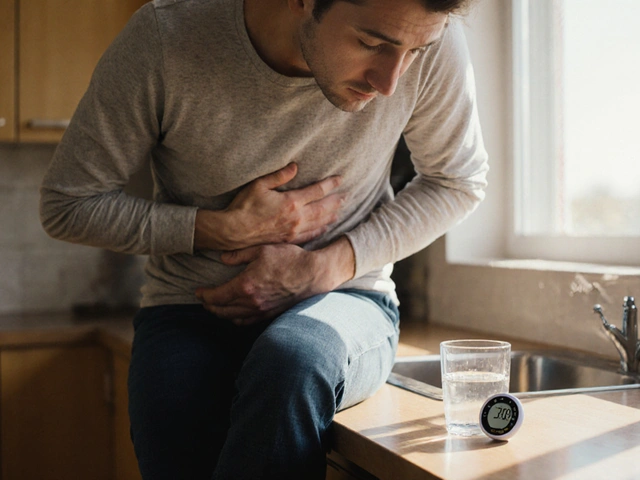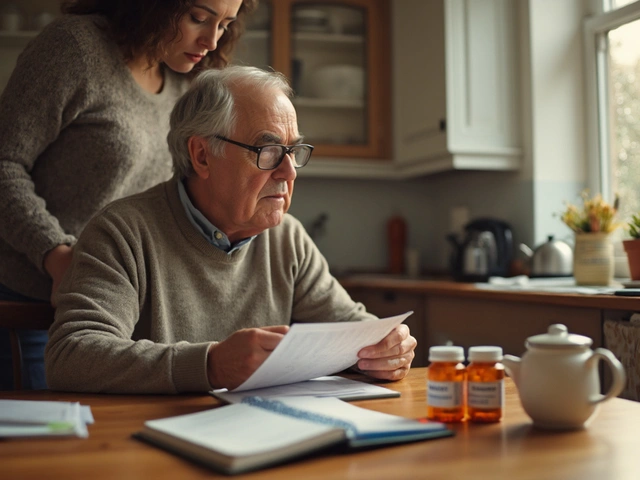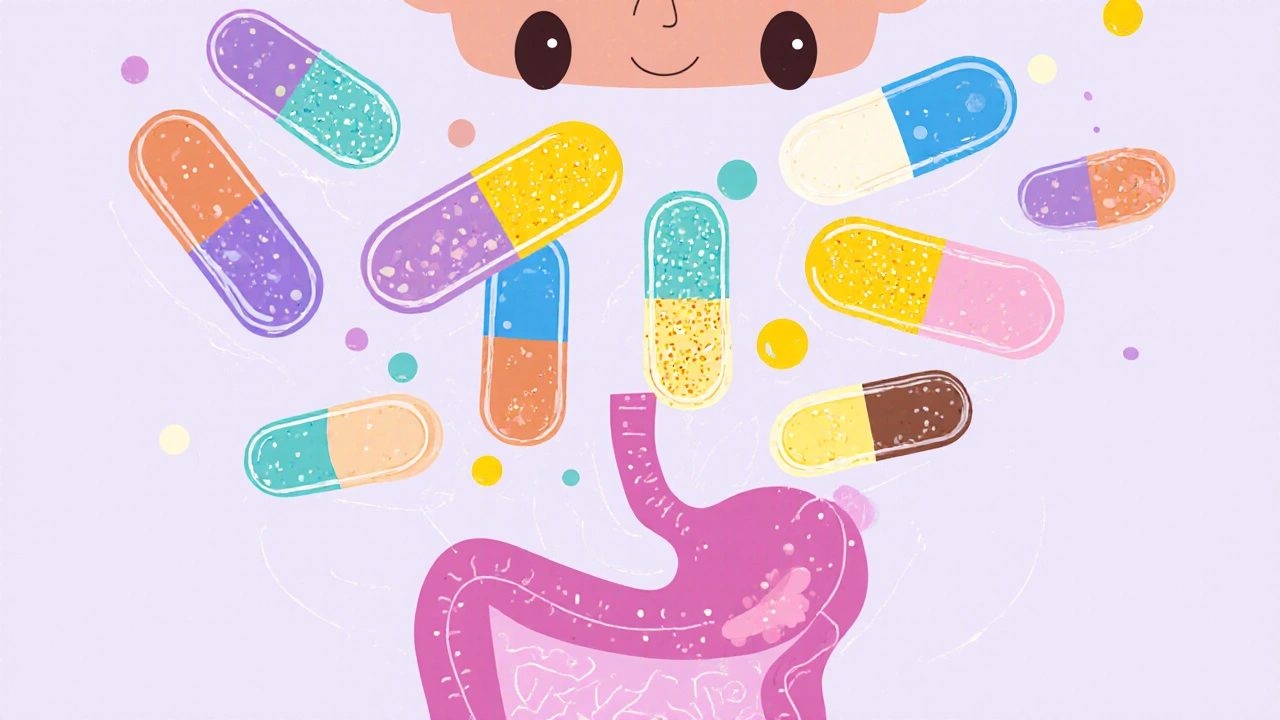
Most people assume that if two pills have the same active ingredient, they work the same way. But what if the problem isn’t the drug itself - it’s what’s around the drug? Inactive ingredients, or excipients, are the fillers, dyes, preservatives, and binders in your pills. They don’t treat your condition. But when you take multiple generic medications at once, these harmless-seeming substances can team up to cause real problems.
Why Inactive Ingredients Matter More Than You Think
Every pill you swallow contains more than just the medicine you need. A typical tablet might include lactose, corn starch, magnesium stearate, titanium dioxide, or propylene glycol. These aren’t random choices. They help the pill hold its shape, dissolve properly, or look appealing. But here’s the catch: each generic manufacturer picks their own mix. Two pills with the same active ingredient - say, lisinopril - can have completely different inactive ingredients. And when you’re taking five or six generics a day, those differences add up.A 2020 study found that someone on ten prescription medications ingests an average of 2.8 grams of inactive ingredients every day. That’s over half a teaspoon of non-medicinal chemicals. For most people, that’s fine. But for someone with lactose intolerance, a sensitivity to dyes, or asthma triggered by sulfites, that daily cocktail can become a silent trigger for side effects.
The Hidden Risks in Common Excipients
Some inactive ingredients are more problematic than others. Here are the top offenders:- Lactose: Found in nearly 20% of oral medications. About 65% of the global population has some level of lactose intolerance. Three generic pills, each with 75mg of lactose, add up to 225mg per day. For sensitive people, even 1-2 grams can cause bloating, cramps, or diarrhea.
- Propylene glycol: Used in liquid meds like cough syrups and some injections. It’s safe in small doses, but in patients on multiple liquid generics, cumulative exposure can lead to nausea, headaches, or even kidney stress in older adults.
- Tartrazine (Yellow #5): A bright yellow dye linked to allergic reactions in about 4% of people. Symptoms include hives, swelling, or asthma flare-ups. It’s common in generics because it’s cheap and stable.
- Bisulfites: Preservatives in some injectables and inhalers. They can trigger severe bronchospasm in 5-10% of asthmatics - and many patients don’t realize their breathing issues are drug-related.
- FD&C dyes and gluten: Even trace amounts of gluten in fillers can wreck havoc for people with celiac disease. Some generics use wheat starch as a binder.
One patient took three different generic versions of levothyroxine - all with the same active ingredient - but each used a different filler. One had lactose, another had corn starch, and the third had a dye. She developed chronic diarrhea and fatigue. After switching all three to lactose-free versions, her symptoms vanished. No change in active drug. Just the fillers.
Why Generic Drugs Aren’t Always Interchangeable
The FDA requires generics to match the brand-name drug in strength, dosage, and how quickly the active ingredient enters the bloodstream. That’s bioequivalence. But they don’t have to match the inactive ingredients. That’s why a generic version of a seizure drug might have a different coating, changing how fast it dissolves - and leading to lower blood levels. In one documented case, switching between two generic versions of phenytoin caused seizures in a patient who’d been stable for years.Brand-name drugs usually stick to the same formulation for years. Generics? They change suppliers, reformulate for cost, or tweak the recipe to improve shelf life. You might not notice - until you start feeling worse.
Real Patient Stories Behind the Data
On Reddit’s r/pharmacy, users share stories like this:- “I was on three generics for blood pressure, cholesterol, and diabetes. I kept getting rashes. My pharmacist checked the ingredients - all three had tartrazine. Switched to dye-free versions. Rashes gone in 48 hours.”
- “My mom has COPD. She’s on five meds. One of her inhalers had bisulfites. She started wheezing worse after switching to a new generic. No one told her to check the label.”
A 2022 survey found that 23% of community pharmacists see at least one patient per month with suspected excipient reactions. The FDA’s own adverse event database shows 47% of unexplained GI issues reported between 2020 and 2023 could be tied to cumulative excipient exposure.
What You Can Do to Protect Yourself
You don’t need to stop taking generics. But you do need to be smart about them.- Ask for the full ingredient list. Every medication’s package insert lists inactive ingredients. If it’s not clear, ask your pharmacist to print it out.
- Keep a list of your sensitivities. Write down any known reactions to lactose, dyes, sulfites, or gluten. Share it with every prescriber and pharmacist.
- Use the same generic brand when possible. If you’ve been stable on one manufacturer’s version of metformin, stick with it. Don’t let your pharmacy switch without telling you.
- Check for alternatives. Some generics are available without problematic excipients. For example, lactose-free levothyroxine options exist. So do dye-free ibuprofen tablets.
- Use DailyMed or the FDA’s Inactive Ingredient Database. Type in the drug name and NDC number (found on the bottle) to compare formulations across brands.
Pharmacists now have tools to flag potential excipient conflicts. But they can’t help if you don’t tell them what you’re sensitive to. Don’t assume they’ll know. Say it out loud: “I can’t have lactose.” “I react to yellow dyes.” “I have celiac.”
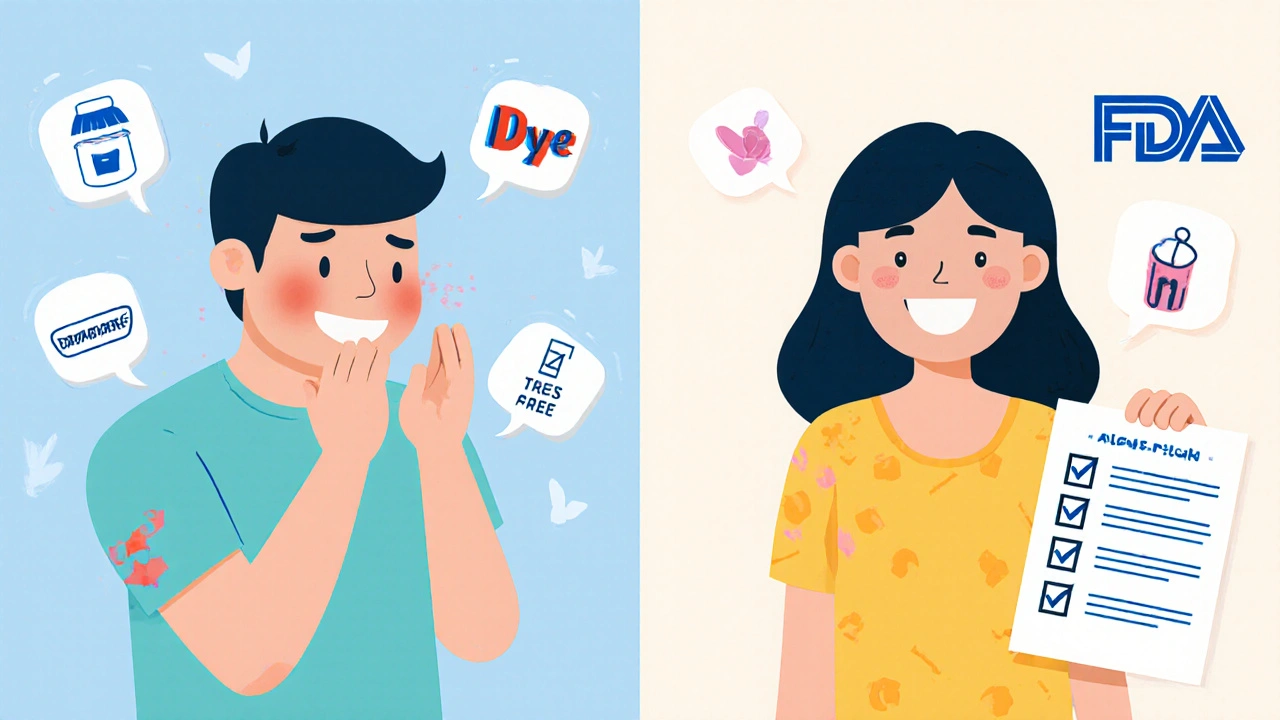
What’s Changing - and What’s Not
The FDA is starting to wake up. In January 2024, they launched the Inactive Ingredient Transparency Initiative, requiring all drug manufacturers to list every excipient in digital labels by December 2025. That’s a big step. But it’s still not mandatory to test for interactions between multiple excipients in combination therapy.Europe is ahead. Since January 2024, EMA requires generic makers to justify using excipients known to affect more than 0.1% of the population. That means if a dye causes reactions in even a small group, they have to explain why it’s necessary.
Meanwhile, AI tools like MedCheck AI are being rolled out in hospitals to scan prescriptions for excipient overlaps. One study showed it caught 89.7% of potential interactions. But these tools aren’t in every pharmacy yet.
Bottom Line: Your Meds Are More Than Just the Active Ingredient
Generic drugs save billions. That’s good. But assuming all generics are identical is dangerous. The same active ingredient doesn’t mean the same experience. If you’re on multiple medications - especially if you’re older, have allergies, or chronic conditions - your excipients might be the missing piece in your health puzzle.Don’t wait for a reaction. Be proactive. Ask. Check. Compare. Your body might be telling you something the label doesn’t.
Can inactive ingredients cause allergic reactions?
Yes. Common culprits include lactose, tartrazine (Yellow #5), bisulfites, and certain dyes. These can trigger Type I hypersensitivity reactions - like hives, swelling, wheezing, or even anaphylaxis - even though they’re not active drugs. People with asthma, eczema, or celiac disease are especially at risk.
Are brand-name drugs safer than generics?
Not necessarily safer, but often more consistent. Brand-name drugs usually keep the same inactive ingredients for years. Generics can change suppliers and formulations without notice. If you’re sensitive to a specific excipient, sticking with one generic brand can reduce risk.
How do I find out what’s in my generic medication?
Look at the package insert inside the box. You can also search the FDA’s Inactive Ingredient Database using the drug name or NDC number (found on your bottle). Your pharmacist can print out the full list - just ask.
Can switching between generic brands make my medication less effective?
Yes, in rare cases. For drugs with narrow therapeutic windows - like levothyroxine, warfarin, or phenytoin - changes in fillers can affect how fast the drug is absorbed. This can lead to under- or over-dosing. If you notice new symptoms after switching generics, tell your doctor immediately.
What should I do if I think my meds are causing side effects from inactive ingredients?
Don’t stop taking your meds. Call your pharmacist and ask them to review all your prescriptions for shared excipients. Bring your pill bottles or a list of names and manufacturers. They can help identify matches and suggest alternatives with compatible ingredients. Many patients see improvement within days of switching to a cleaner formulation.


